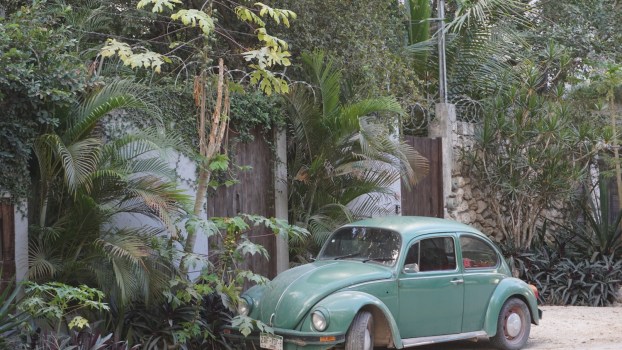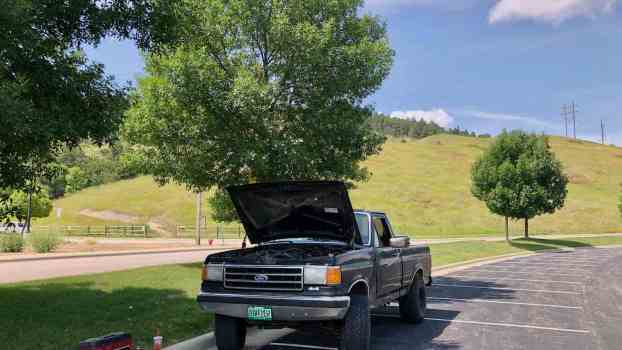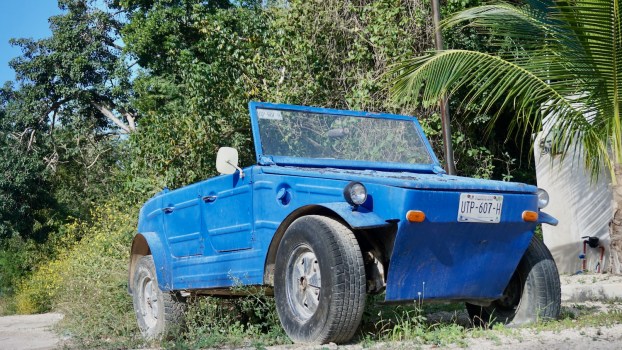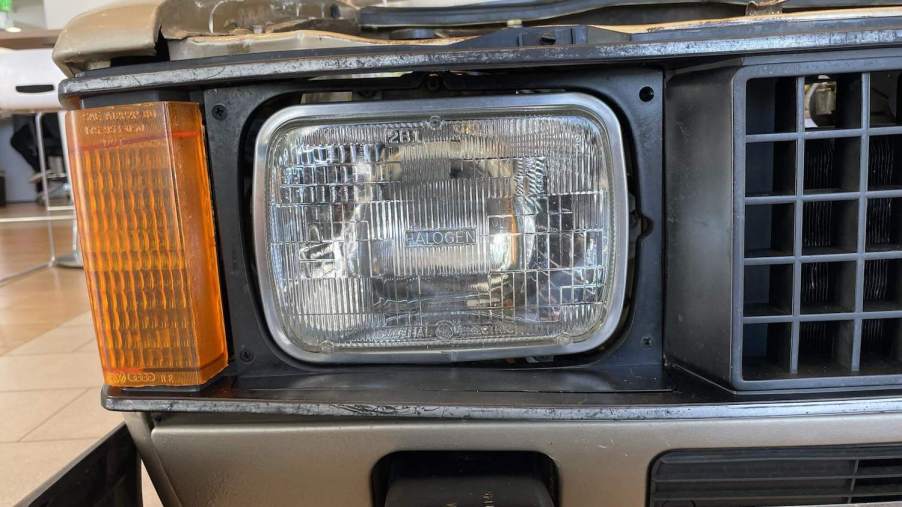
Meet the Rabbit: A Radwood-Era Classic, Engineered to Replace the VW Beetle, That You Can Get as a Convertible—or a Tiny Diesel Truck!
The Volkswagen Rabbit was the name of the first generation Volkswagen Golf (MK1) in the North American market. From 1974 through 1984, VW sold the Radwood-fabulous Golf as a hatchback, convertible, or pickup truck–with both gasoline and diesel engines. This often-overlooked classic is a compact square body FWD that exceeds Beetle reliability levels.
When did VW stop making the Rabbit?
“Rabbit” was the North American market name of VW’s first-generation (Mk1) Golf. Volkswagen began using “Golf” across all markets at the beginning of the vehicle’s second generation (Mk2) for the 1985 model year. So you can buy a 1974-84 VW Rabbit, but the chassis lives on to this day as the Golf.
By the early 1970s, Volkswagen decided it needed a replacement for its ubiquitous Beetle if it was to continue dominating the compact car market in the U.S. Volkswagen was already engineering the VW Golf–with a much more modern square body style–for the German market. VW’s marketing team deliberated over a name as “approachable” as the Beetle and finally settled on the Volkswagen Rabbit.
How long can a VW Rabbit last?
Are you considering a classic Volkswagen Rabbit car or truck? Like any 1970s/1980s antique, a VW Rabbit will need some TLC, and quite possibly a full restoration. But unless the vehicle’s unibody shell is rusted through, most any VW Rabbit is fully restorable and could conceivably last as long as you want it to.
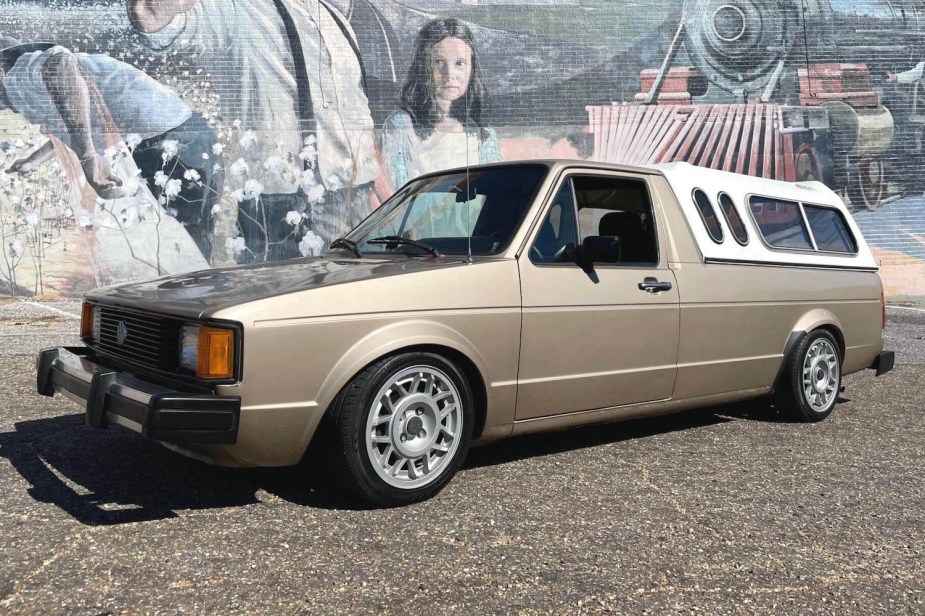
The VW Rabbits were originally budget-friendly cars but quickly built a reputation for durability. Diesel powertrains and manual transmissions make for an especially bulletproof combination. What is more, multiple generations of automotive enthusiasts have found them perfect first project cars because they are easy to work on.
In the 1990s and 2000s, it was common to see Volkswagen Rabbit cars and trucks with 150,000 miles or more still in use as reliable transportation. But today, the oldest VW Rabbits are nearly 50 years old, and will either need a full restoration or an owner patient enough to address a string of various issues.
Take, for example, the lovely 1981 Rabbit pickup truck (pictured) with 160,000 miles that fetched $9,000 on Cars & Bids in March 2023. Its history included a ton of minor jobs in the past few months (alternator, glow plugs, motor mounts, transmission service, window crank replaced, battery hold down replaced, and timing injector pump replaced), but otherwise, it is still going strong.
Are Volkswagen Rabbits expensive to repair?
As older vehicles go, VW Rabbit cars and trucks make excellent projects. Parts are more plentiful than for more niche vehicles. They use simpler technologies but not heavy-duty components like in one-ton trucks of the era. What’s more, the enthusiast community is strong and supportive.
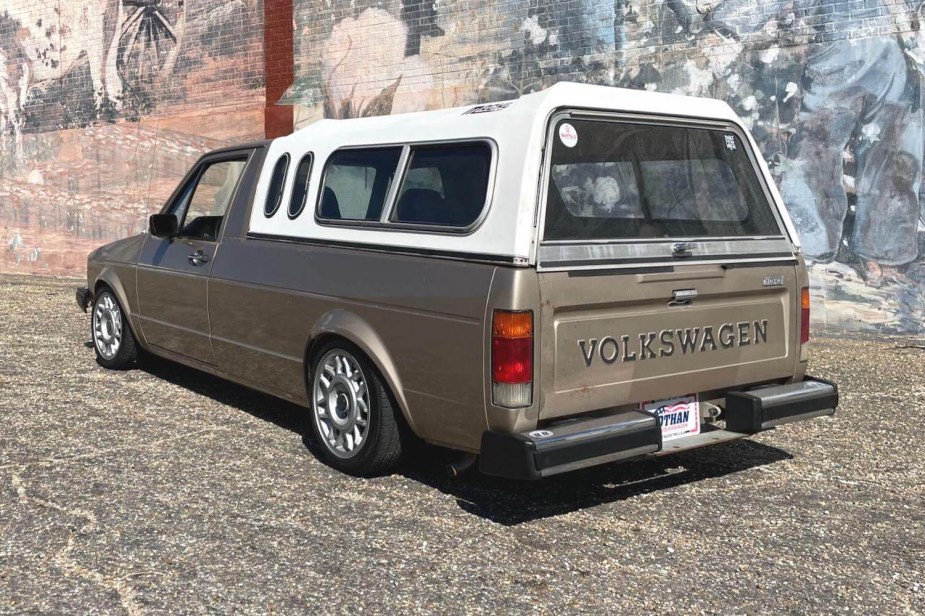
My father was actually a VW Rabbit enthusiast for decades, collecting hatchbacks, cabriolets, and pickup trucks. I originally learned to drive a stick shift in a VW Rabbit pickup truck. I can tell you from experience, that these quirky vehicles will put a smile on almost any car or truck fan’s face.
If you are looking for a cheap and reliable daily driver, consider a newer vehicle that will have fewer problems. But if you want a project car–whether it is a nimble cabriolet sports car or a diesel compact truck–consider the approachable Volkswagen Rabbit.
Next, learn why the overlooked Jeep Comanche might be the best classic pickup truck bargain, or see a review of the VW Rabbit pickup truck in the video below:
